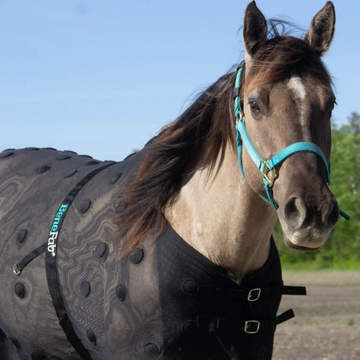The term chiropractic comes from the Greek words "cheir", which means 'hand', and "praxis", which means 'practice' or 'done by’, and refers to the practice of manipulating the spine to treat disease. Chiropractic care is a holistic manipulative therapy that carefully flexes the affected joints to return them to proper alignment. Manipulative therapies also include physical therapy and massage.
While massage focuses on the tissues surrounding the bones, chiropractic care and physical therapy focus on the proper functioning of the joints and related muscles, including the spine. As a natural, drug-free alternative for pain relief, chiropractic care is preferred by many pet owners.

Unlike chiropractic care for people, animal chiropractic is performed by a licensed veterinarian with specialized certification in veterinary chiropractic. There are a few organizations that certify vets for chiropractic work, including the American Veterinary Chiropractic Association.
Signs Your Dog Might Need a Chiropractic Adjustment
Sometimes dogs show signs of stiffness, difficulty standing, reduced flexibility, or changes in behavior. This is especially common in older dogs suffering from arthritis or working dogs with a history of muscle strain and injury. Post-surgical or trauma recovery is another reason you might notice stiffness and a change in behavior. Chiropractic care might also help your dog if you notice any of the following:
-
Having trouble climbing stairs
-
Trouble standing or laying down
-
Inability to jump
-
Hunched back
-
Walking with a limp
-
Yelping when picked up
-
Abnormal gait
What Happens During a Visit
A chiropractic session usually begins with a routine exam, including reviewing health history, observing movement, and, if appropriate, assessing neurological function. The adjustments are done slowly and gently. Most dogs show signs of immediate relaxation during the adjustment. After treatment, your dog might show improved movement and less stiffness in a day or two. The first session often takes the longest, but subsequent sessions usually take 30-45 minutes. The number of visits will depend on the severity of the issue and its duration.
Combining Therapies
Chiropractic treatment has no harmful side effects; however, only light exercise is recommended after treatments to minimize the risk of injury. Treatment plans are often also supported by a complementary exercise regimen to ensure your pet benefits as much as possible from the therapy.
As a result, dog owners seek out massage and chiropractic treatments for their pets for the same reasons they may utilize them for their own self-care: most frequently, the alleviation of physical stress, strain, impaired mobility, and discomfort.
Many patients who have experienced the positive effects of veterinary massage and/or chiropractic care are interested in exploring its benefits for their pets. The Canine Comfort & Care Shirt uses fabric infused with far infrared-emitting minerals to boost blood circulation, reduce inflammation, and deliver gentle compression. This can complement chiropractic work.
For example, the Comfort Suit helps with back and hip stiffness, offers anxiety-reducing compression, and supports recovery or everyday mobility. The Sleeves are ideal for shoulder and front leg support, especially during post-surgical or healing phases. These therapies are natural, noninvasive, and designed to enhance circulation and comfort in ways that work well with chiropractic care.






















